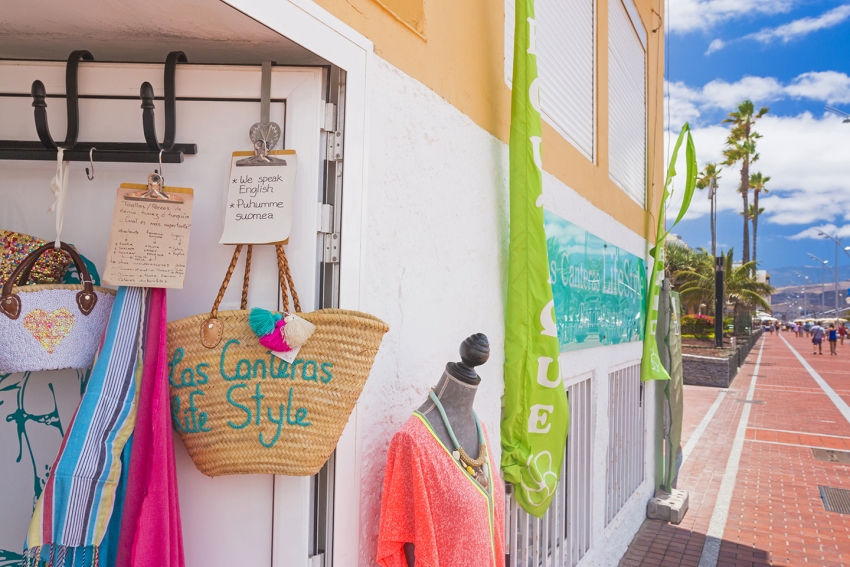-
Home

-
frontpage blog

- good paella playa del ingles
At Last: Good Paella In Gran Canaria
Rather like tapas, paella isn't a traditional dish in the Canary Islands and finding a good one in Gran Canaria has always been difficult.
Proper paella is not pukka
Proper paella hails from the Valencian region and is made from chicken, rabbit and snails. What visitors think of as paella, yellow rice with prawns, mussels and calamares, is actually a completely different dish called arroz a banda.
The Valencians are quite defensive about the origins and authenticity of paella because it is one of the most abused dishes on Earth.
Proper paella is two grains of rice thick, not bright yellow, and each mouthful is a blast of flavour. The stuff you get in most Gran Canaria resort restaurants, and even local restauarants, is a long way removed from the real thing. In fact if you find paella on a restaurant menu and the waiter doesn't warn you about how long it will take, you know it's coming out of the freezer.
Proper paella in Gran Canaria
Paella takes a while to cook so most local restaurants only do it on Sundays. Even when they do it tends to be too thick and bright yellow to be authentic. These local paellas can be delicious but are never quite as good as the real deal.
To try the real deal, find local restaurants called arrocerias which specialise in rice dishes. The most accessible in south Gran Canaria is El Caldero along the Meloneras strip. This serves paella, and arroz a banda, cooked over flames with the right amount of rice and spices (as you can see from the photo, it isn't bright yellow). If you feel adventurous, try the black rice (cooked and coloured with squid ink).
Alex Says: Paella servings At El Caldero are generous so four people will struggle to eat "paella for four". It's best to order paella for two or three, especially if you order starters.
Gran Canaria Info recommends:
- Default
- Title
- Date
- Random
Join the Gran Canaria Info newsletter list
Gran Canaria info recommends
-

The Best Value Car Rental Service In Gran Canaria
-

Which Gran Canaria Airport Transfer Service Is The Best?
-

Hassle-Free Gran Canaria Car Hire
-

Gran Canaria Shopping: Start At Fundgrube For Price & Quality
-

Casa Romantica: A Classic Gran Canaria Restaurant Reborn
-

Off The Beaten Track With A Gran Canaria Buggy Trip
- 1
Follow us on Facebook
Tip of the day
Latest articles
Who's Online
We have 4688 guests and no members online






